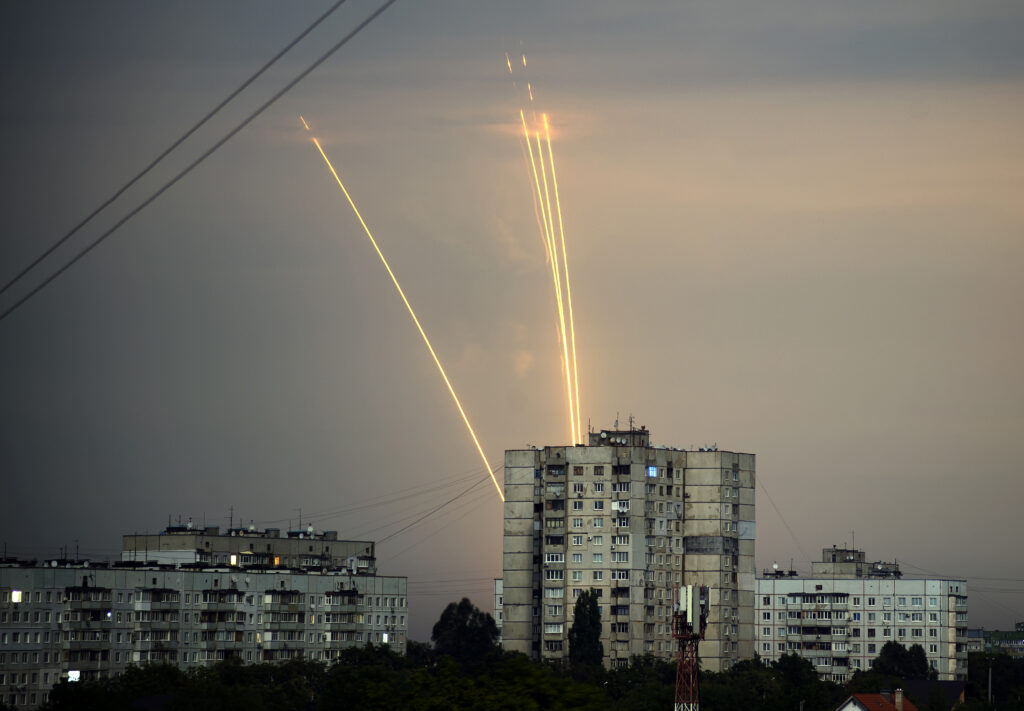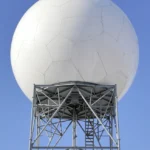The waves of the war Putin says isn’t a war
Newslooks- LONDON (AP)
It’s not a war, Vladimir Putin said then — and says now. It’s a “special military operation.” In most every sense of the term, though, Russia’s war in Ukraine is precisely that.
And when a nation is at war, even if it claims it is not, the reverberations back home — the place where the conflict was first conceived — can be far-reaching.
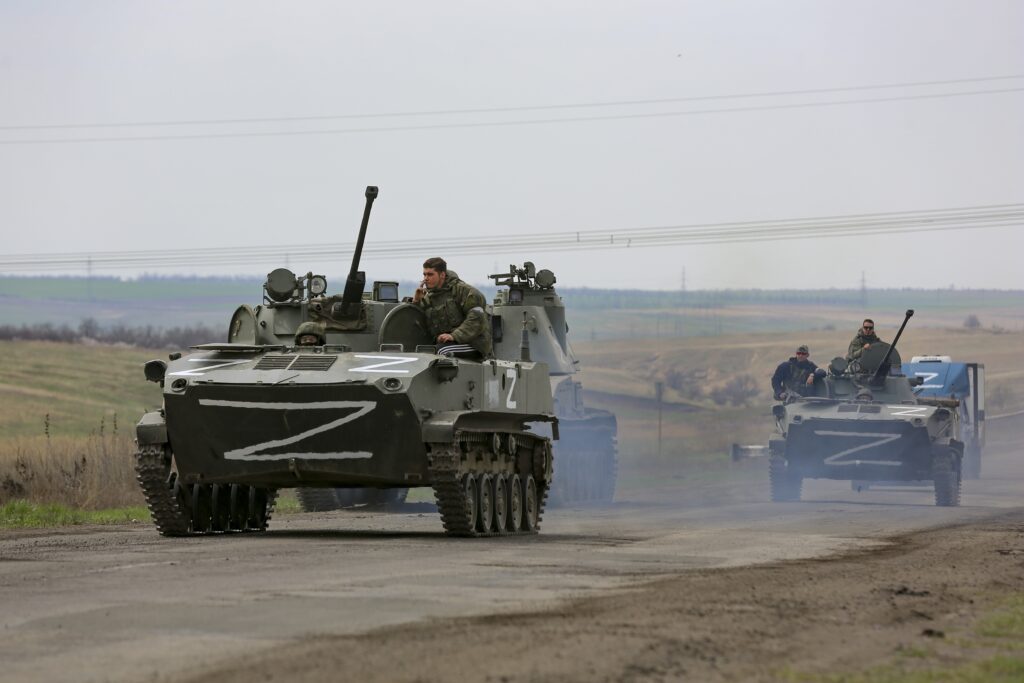
Eight months after Russia launched a war in February expecting a lightning victory against neighboring Ukraine, an independent nation from which it already annexed Crimea in 2014, tens of thousands of people have been killed in Ukraine. Millions are displaced from their homes. A brutal winter approaches. Nuclear fears are spiking. And the Kremlin is now using killer drones to degrade Ukraine’s power supply, plunging more hundreds of thousands into darkness.
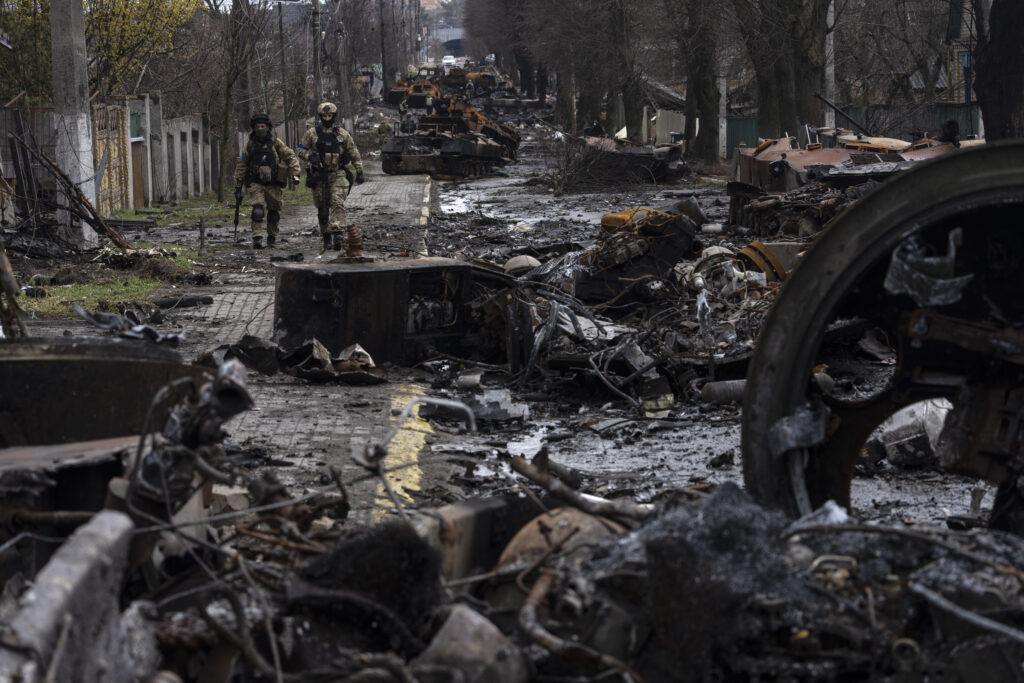
Four more regions of Ukraine have been illegally annexed in the last month, though they are far from fully under Russian control, and Putin declared martial law in them on Wednesday.
Even without calling it a formal war, Putin could be laying groundwork to extend these restrictive measures throughout Russia. A clause in the decree allows measures envisaged by martial law to be imposed in any Russian region “when necessary.” What’s more, officials in multiple Russian regions rushed to assure the population after Putin’s announcement that they’re not planning to impose additional measures.
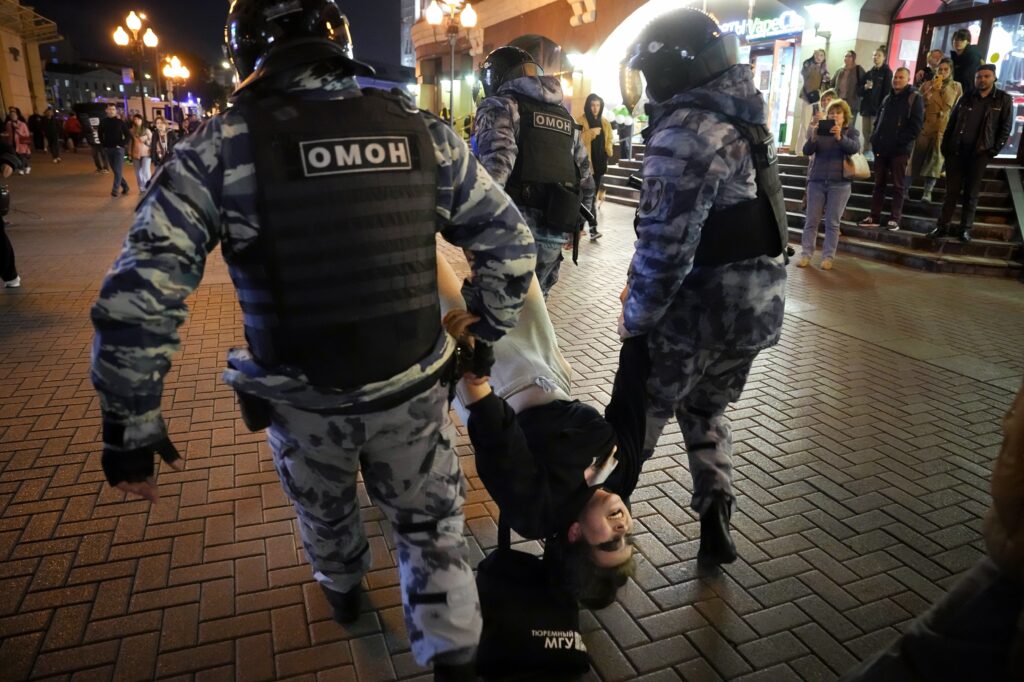
The war that isn’t called a war by Moscow has also exacerbated death and tension in Russia among its own citizens. There are huge numbers of dead and wounded Russian soldiers, many ill-equipped and ill-commanded, sent to the front to die essentially as cannon fodder.
The Soviet Union lost 10,000 to 15,000 men in Afghanistan out of a much larger population base, says Samantha de Bendern, an associate fellow in the Russia and Eurasia Program at the international affairs think tank Chatham House. And, she told The Associated Press, even the most conservative model suggests 50,000 men dead in Ukraine. That’s between three and five times greater than what the Soviet Union lost in Afghanistan in nearly 11 years.
“I can’t see how a society can sustain that,” de Bendern said.
The undeclared war ripples elsewhere, too.
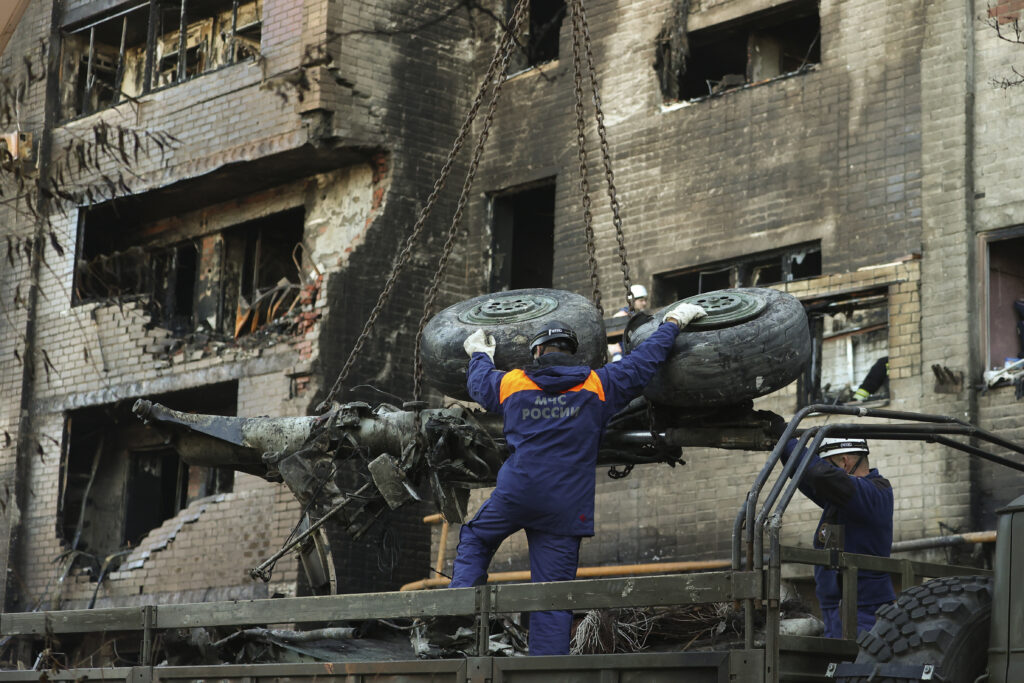
When a leader starts losing on the battlefield and announces a “partial” mobilization of reservists, hundreds of thousands of Russian families are immediately impacted by a conflict they may or may not have supported.
Putin’s decree doesn’t outline any specific criteria for who should be mobilized and doesn’t spell out how many people should be drafted. The contrast with highly motivated Ukrainians defending their nation could not be more stark. And when thousands of Russian men don’t want to be conscripted for an undeclared war, they flee the country by air, sea and land, across borders to wherever will take them.
Antiwar and anti-mobilization protests have been ruthlessly suppressed. Not all have been sympathetic to those trying to leave Russia, and have shut their borders. Leaders of Baltic states wondered aloud: Where were their voices against the war as it raged?
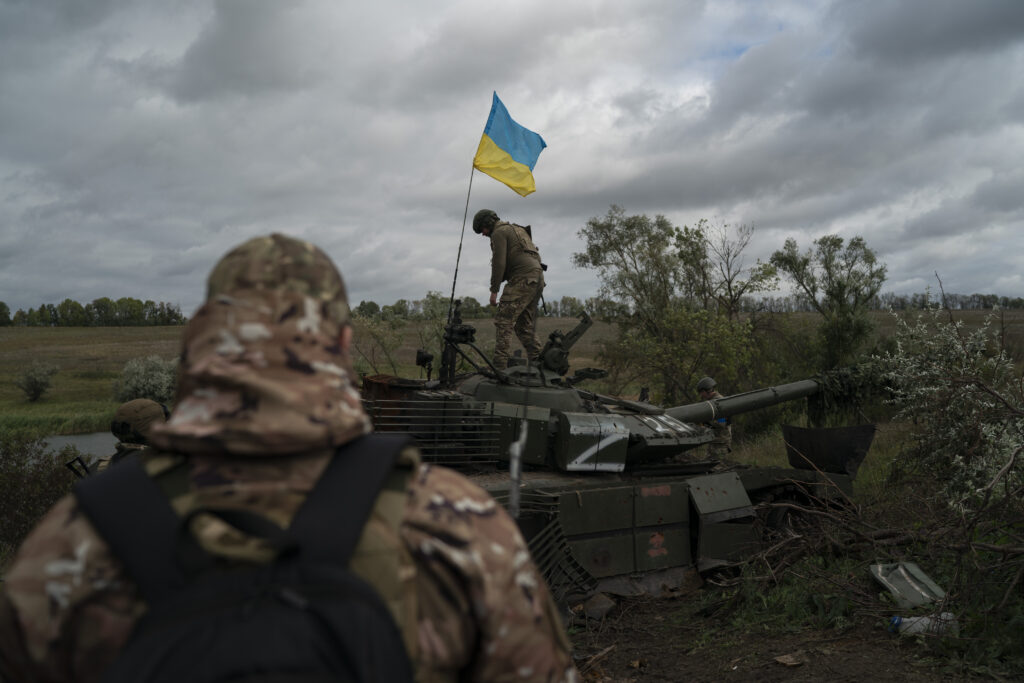
Russia has been mobilizing from various republics and ethnicities who do not necessarily share the Kremlin’s war aims and politics, and there have been violent incidents at training or recruiting stations. Last week, a shooting left 11 dead and 15 others wounded in the Belgorod region in southwestern Russia. The two attackers — from a former Soviet nation that Russian authorities didn’t identify — fired on other soldiers during target practice and were killed by return fire.
In another incident in Siberia weeks earlier, a local commandant was shot and gravely wounded by a young man whose friend had been called up. The gunman had shouted: “No one will fight. … We will all go home now.”
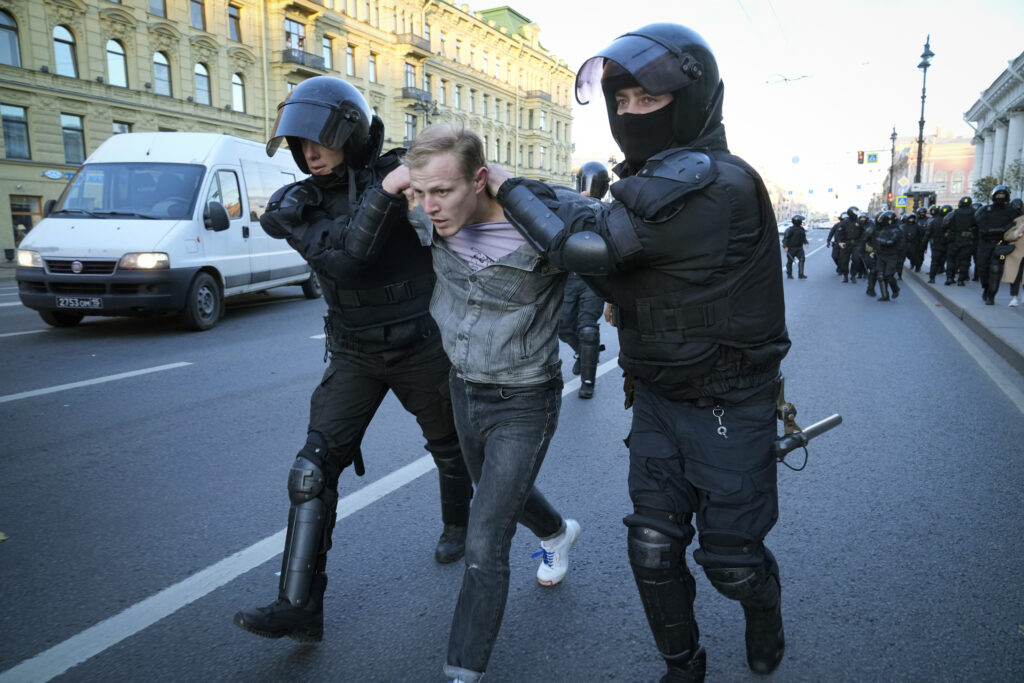
In contrast to the daily bombardment Russia has rained upon Ukraine, military attacks by Kyiv on Russia itself have been significantly less deadly. The United States has been cautious about supplying Ukraine with any weaponry that could have enough range to strike inside Russia, lest it be drawn into a direct conflict. But border areas in the Belgorod, Kursk and Bryansk regions of Russia have been shelled since the start of the invasion.
Also, when a country is at war, declared or not, it has more planes in the air. That can mean heightened tension among its stretched and untested forces — and deadly crashes.
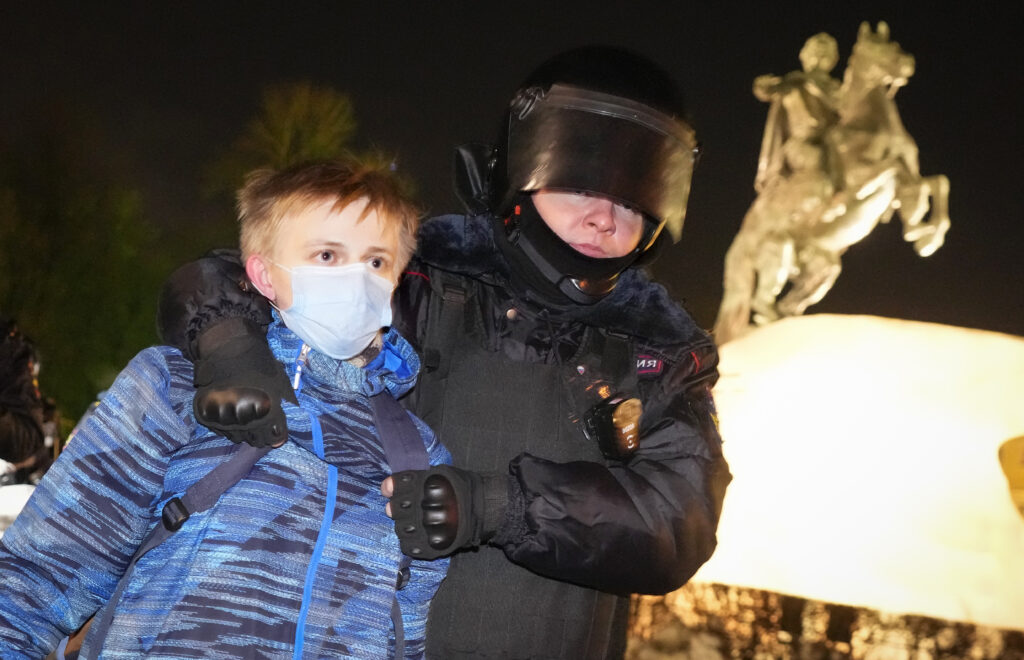
On Monday, the crash of a Russian warplane into the Sea of Azov Russian port city of Yeysk killed 15, including three who died when they jumped from a nine-story apartment building to escape a massive blaze. The Su-34 bomber came down after one of its engines caught fire during takeoff for a training mission, the Russian Defense Ministry said.
That accident, in which there was no indication of sabotage, marked the 10th reported noncombat crash of a Russian warplane since Moscow sent troops into Ukraine. Military experts note that as the number of Russian military flights increases sharply during the fighting, so do the crashes.
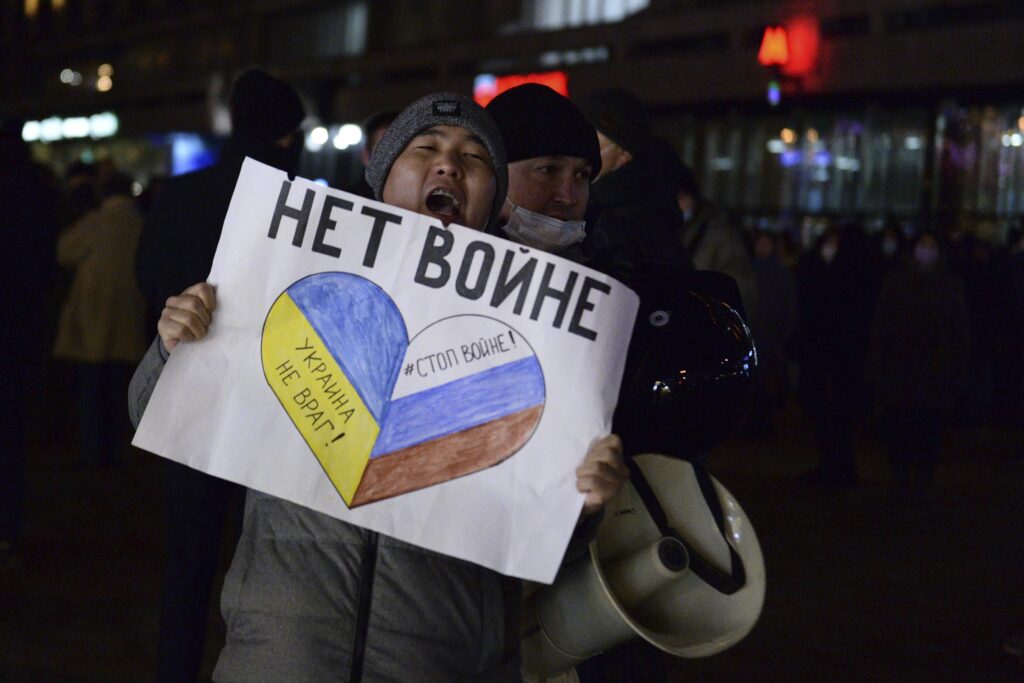
De Bendern, the international affairs analyst, paints a bleaker picture for Russia’s future and its troops. “It’s not so much the dead who come home who are the problem,” she said. “It’s the people who are alive who come home that’s the problem — the people who are alive and who come home and say, ‘Hey we’re not fighting Nazis in Ukraine. We’re killing innocent women and children.’”
And that’s yet another problem of the war that Moscow isn’t calling a war: Its painful legacy could last generations.
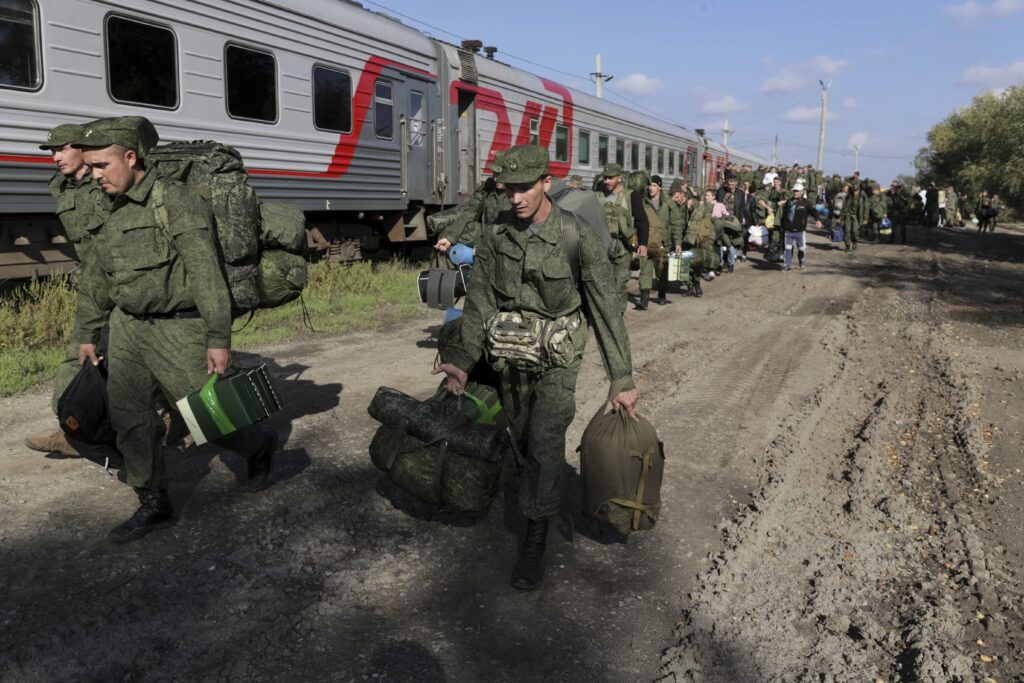
Aricle by Tamer Fakahany, deputy director for global news coordination at The Associated Press, has helped direct international coverage for the AP for 20 years. Follow him on Twitter at https://twitter.com/tamerfakahany. AP writer Danica Kirka in London contributed to this report. Follow Fakahany on Twitter at http://twitter.com/tamerfakahany

